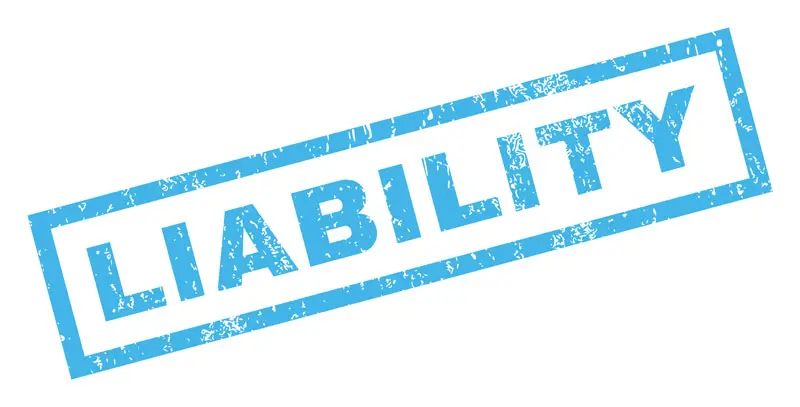Continuing with our lemonade stand example, let’s delve into Liabilities, a crucial concept in understanding the financial health and obligations of a business.
Liabilities: The Financial Obligations of the Lemonade Stand
Liabilities represent what a business owes to others—these are the financial obligations that need to be paid back to external parties. Just like assets are beneficial to a business, Liabilities are its responsibilities. They can arise from borrowing money, purchasing goods or services on credit, or other contractual obligations. For our lemonade stand, Liabilities could take several forms, reflecting both immediate and future financial obligations.
Types of Liabilities in the Lemonade Stand Scenario
1. Current Liabilities: These are debts or obligations that are due to be paid within one year. For your lemonade stand, a current Liability could include money you owe to a supplier for lemons and sugar purchased on credit that you plan to pay off in the next few months. Another example could be a short-term loan you took out to buy your high-quality juicer, assuming you plan to repay it within the year.
2. Long-term Liabilities: These are obligations that are due after a period longer than one year. In a more complex lemonade stand operation, this might include a loan you’ve taken out to expand your stand into multiple locations, with a repayment plan extending over several years.
The Role and Management of Liabilities
Understanding and managing Liabilities is crucial for maintaining the financial health of your lemonade stand. While taking on Liabilities, like loans or credit, can provide the necessary capital to grow and expand (e.g., buying more equipment or securing a prime location for your stand), it’s essential to balance this with your ability to repay. Too much debt can strain your stand’s finances, especially if the business runs into unexpected challenges like a sudden decrease in customer demand or increased competition. Effectively managing Liabilities involves planning for repayment without putting undue strain on the business’s cash flow.
This might mean choosing financing options with favorable terms or ensuring that the business generates enough revenue not only to cover operating expenses and asset investments but also to steadily pay down any debts or obligations. For our lemonade stand, prudent financial management might involve using a portion of daily sales to repay any money owed to suppliers or to make regular payments on any loans.
The goal is to ensure that Liabilities do not outpace the stand’s ability to generate income, maintaining a healthy balance between what the business owes and what it owns. In summary, Liabilities are a fundamental part of the financial structure of any business, including our lemonade stand. They represent the obligations that the business must meet, impacting its financial strategy and operations. A careful balance between leveraging Liabilities for growth and ensuring they remain manageable is key to the success and sustainability of the business.

